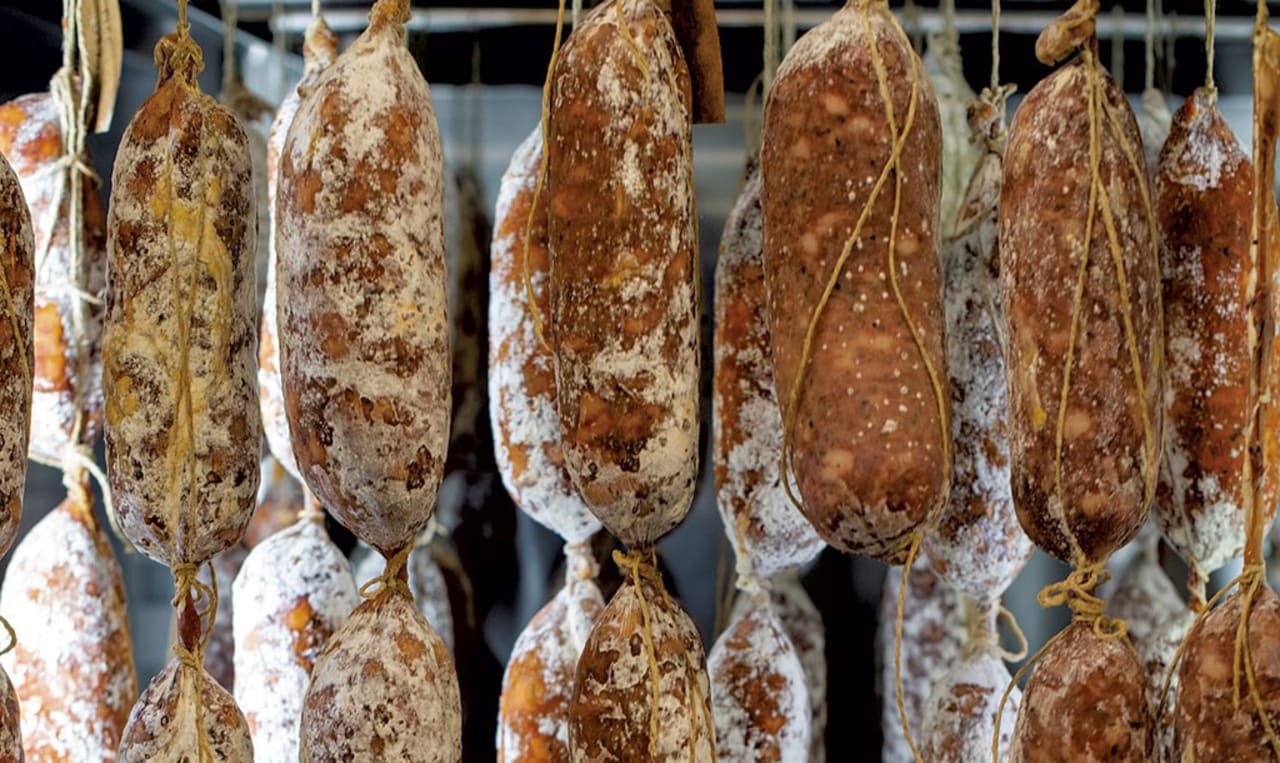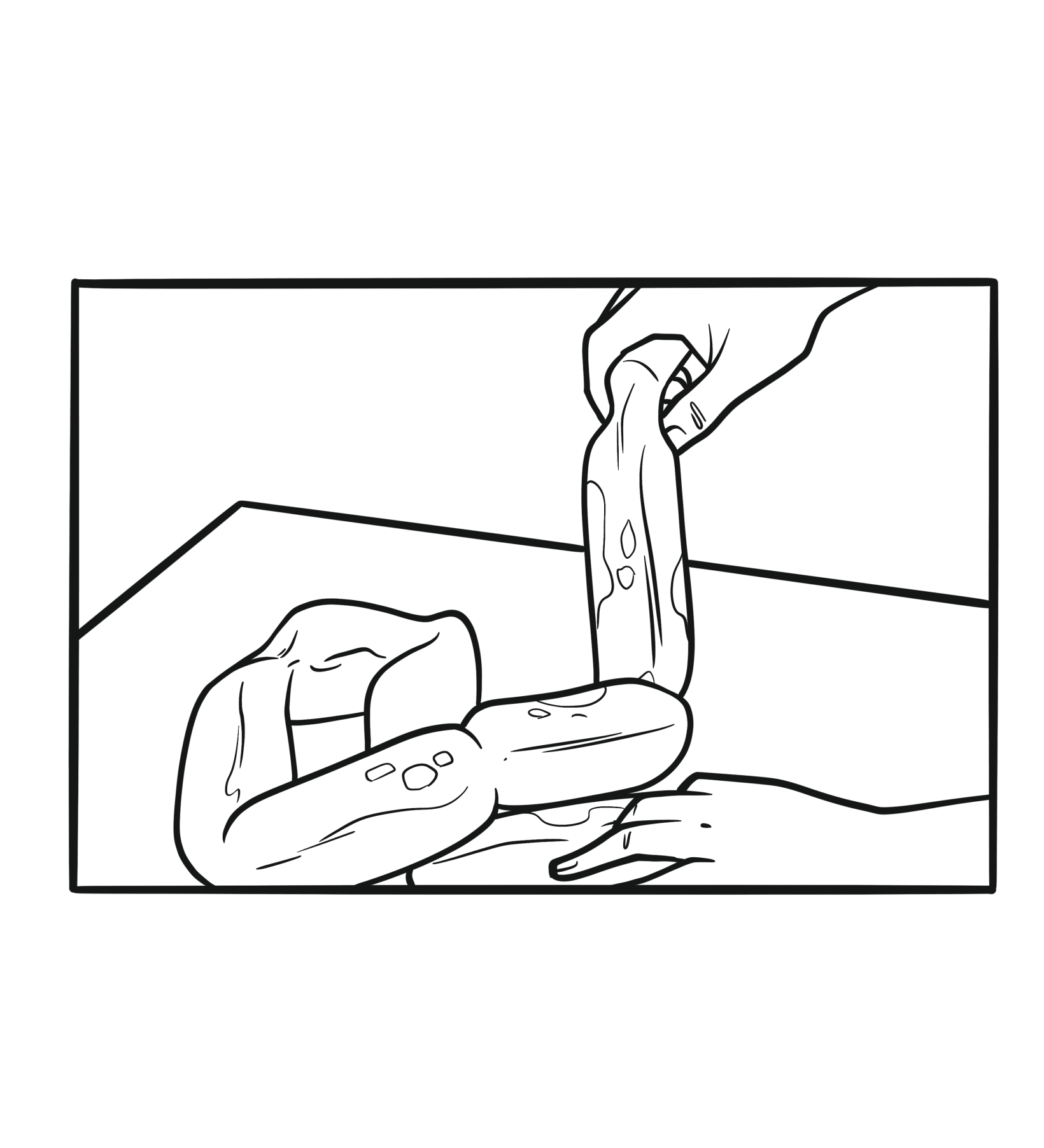Meat Selection
SALAMI AND WHOLE MUSCLES
It takes four people, two weeks, and lots of patience to select and butcher the meat in a way that we feel honors the animal and Italian traditions.
Five pigs yields 2 whole muscles of each type (prosciutto = cured leg , pancetta = cured belly, coppa = cured boston butt, lonzino = cured loin and guanciale = cured cheek) and 200 lbs of salame meat (coming shoulders and legs), which becomes 110 lbs of salami when cured and dried.
Each individual muscle is separated and “cleaned” from tendons, silver skin and collagen.
For the salami, in addition, we have to select the back fat, a thin layer under the skin that holds all of the animals flavors and has the perfect consistency and characteristics for curing. We could simplify and reduce costs by putting entire muscles in the grinding machine, but we take pride in our meticulous and careful process.
1









